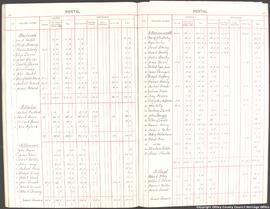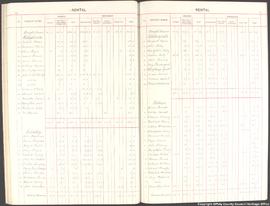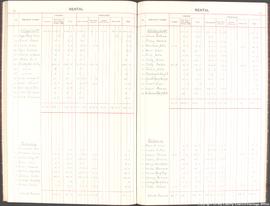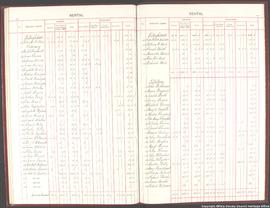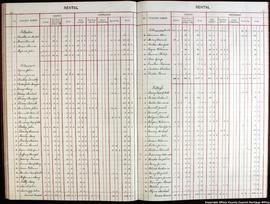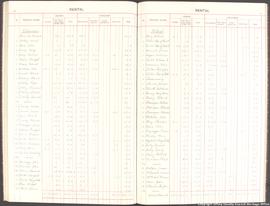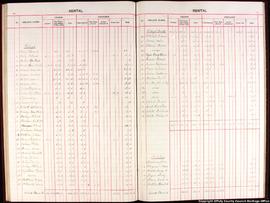IE OCCHO DIGBY/D/1/1890
·
Part
·
1890
Part of Digby Irish Estates
Killeigh
140 Archival description results for Killeigh
118 results directly related
Exclude narrower terms
IE OCCHO DIGBY/D/3/1892
·
Part
·
1892
Part of Digby Irish Estates
IE OCCHO DIGBY/D/7/1896
·
Part
·
1896
Part of Digby Irish Estates
IE OCCHO DIGBY/C/16/1888
·
Part
·
1888
Part of Digby Irish Estates
IE OCCHO DIGBY/D/4/1893
·
Part
·
1893
Part of Digby Irish Estates
IE OCCHO DIGBY/C/11/1883
·
Part
·
1883
Part of Digby Irish Estates
IE OCCHO DIGBY/D/3/1892
·
Part
·
1892
Part of Digby Irish Estates
IE OCCHO DIGBY/D/4/1893
·
Part
·
1893
Part of Digby Irish Estates
IE OCCHO DIGBY/D/7/1896
·
Part
·
1896
Part of Digby Irish Estates
IE OCCHO DIGBY/D/8/1897
·
Part
·
1897
Part of Digby Irish Estates
